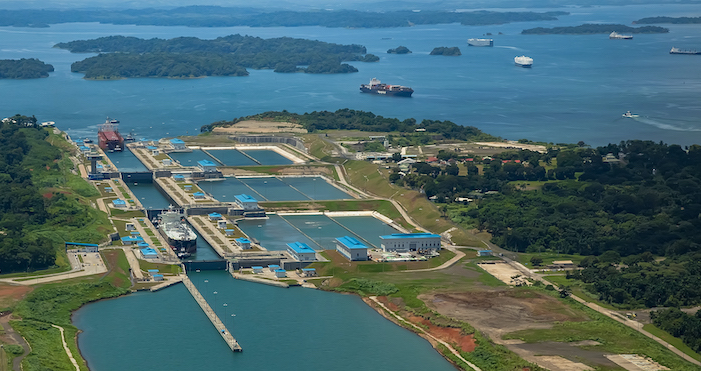The Panama Canal aims to become an advocate for sustainable shipping and route optimization as a means to reduce CO2.
For this reason, during 2021 the Panama Canal introduced several initiatives to better align with the global response to climate change.
More specifically, at the start of 2021, the canal launched the CO2 Emissions Dashboard, which began tracking monthly data on carbon emissions per segment.
In April 2021, the Canal also announced its objective of becoming carbon neutral in its operations by 2030, a deadline shared by many in the maritime industry, as the urgency of climate change continues to pose an imminent threat to the Earth’s resources.
Furthermore, the Canal established its decarbonization targets, while encouraging customers to maximize sustainable transits by publishing its data through the Emissions Dashboard, demonstrating actions that can be taken to accelerate decarbonization across the shipping value chain.
Moreover, during September, the Panama Canal and more than 150 other organizations across the maritime value chain signed the Call to Action for Shipping Decarbonization, urging world leaders to help further accelerate the decarbonization of shipping.
Looking ahead, the Canal is working on its roadmap to outline the specific steps to achieve its goal of carbon neutrality by 2030, which includes generating electricity from renewable sources, consolidating facilities to minimize the impact of its operation’s footprint.
In addition, the Canal will also establish a pricing strategy that promotes the efficiency and low-carbon emissions of the ships that transit the waterway.
Implementing an innovative long-term water management system to sustain operations and human consumption will remain a significant focus by the Canal team
Panama Canal concluded.




























































